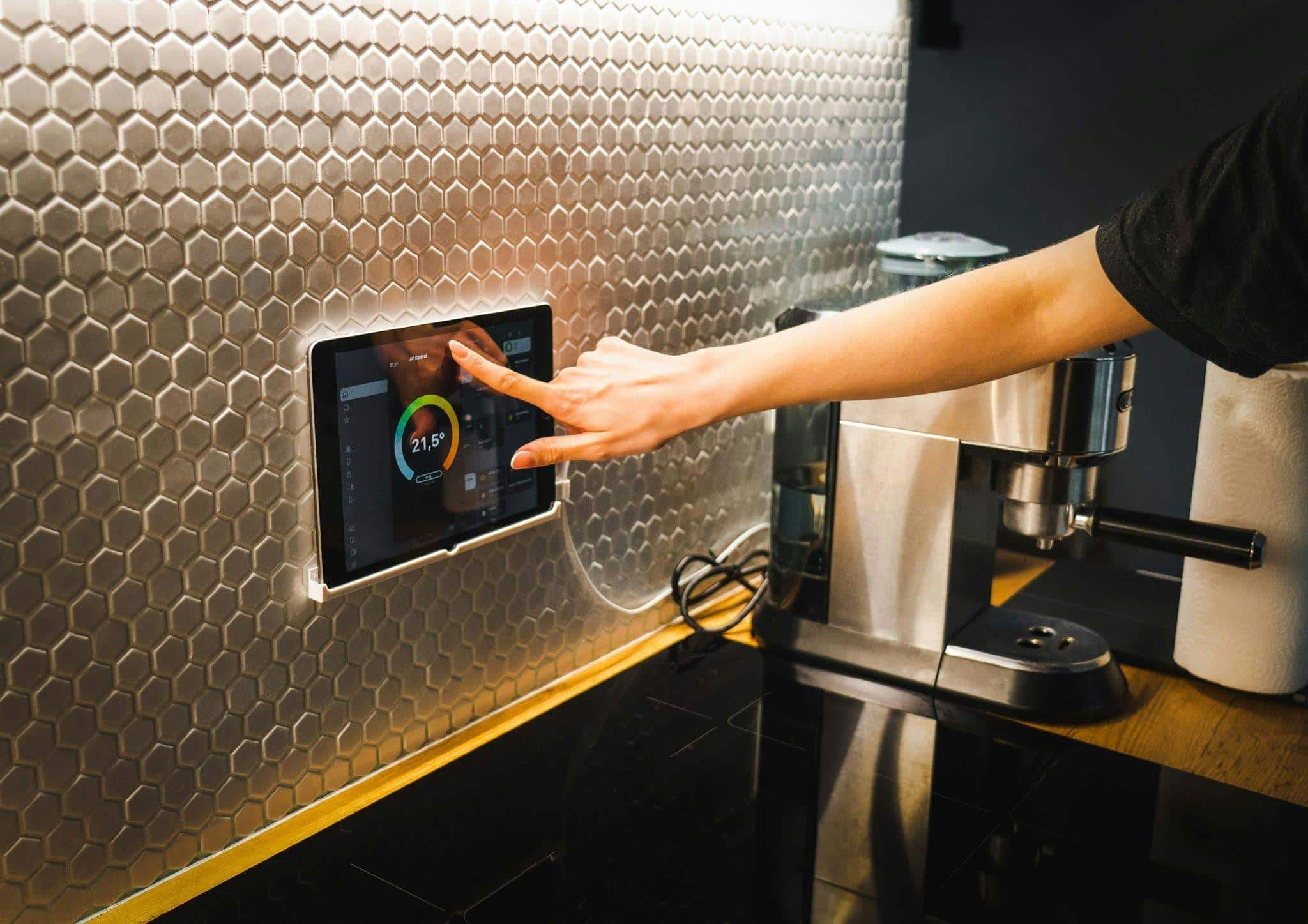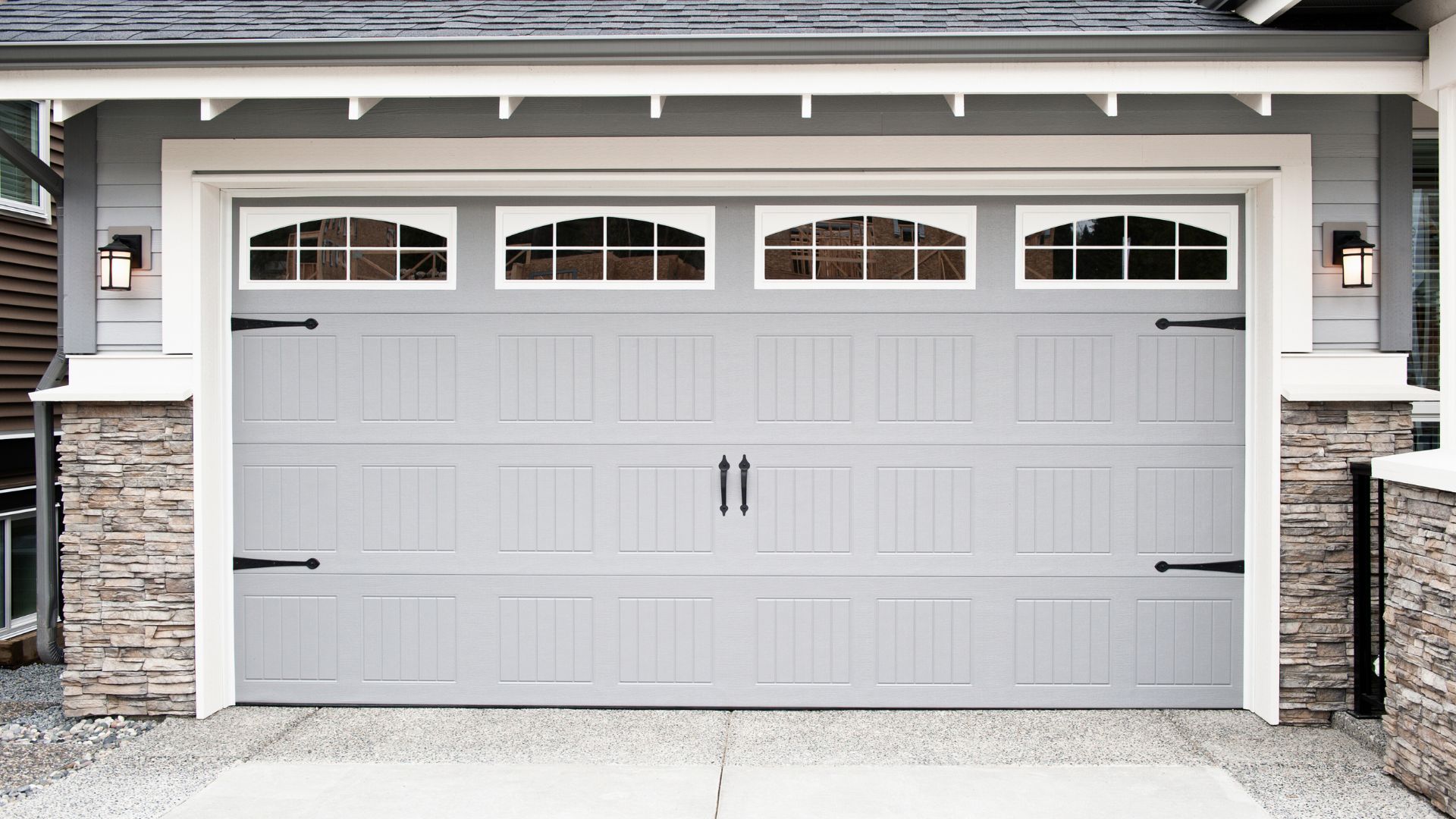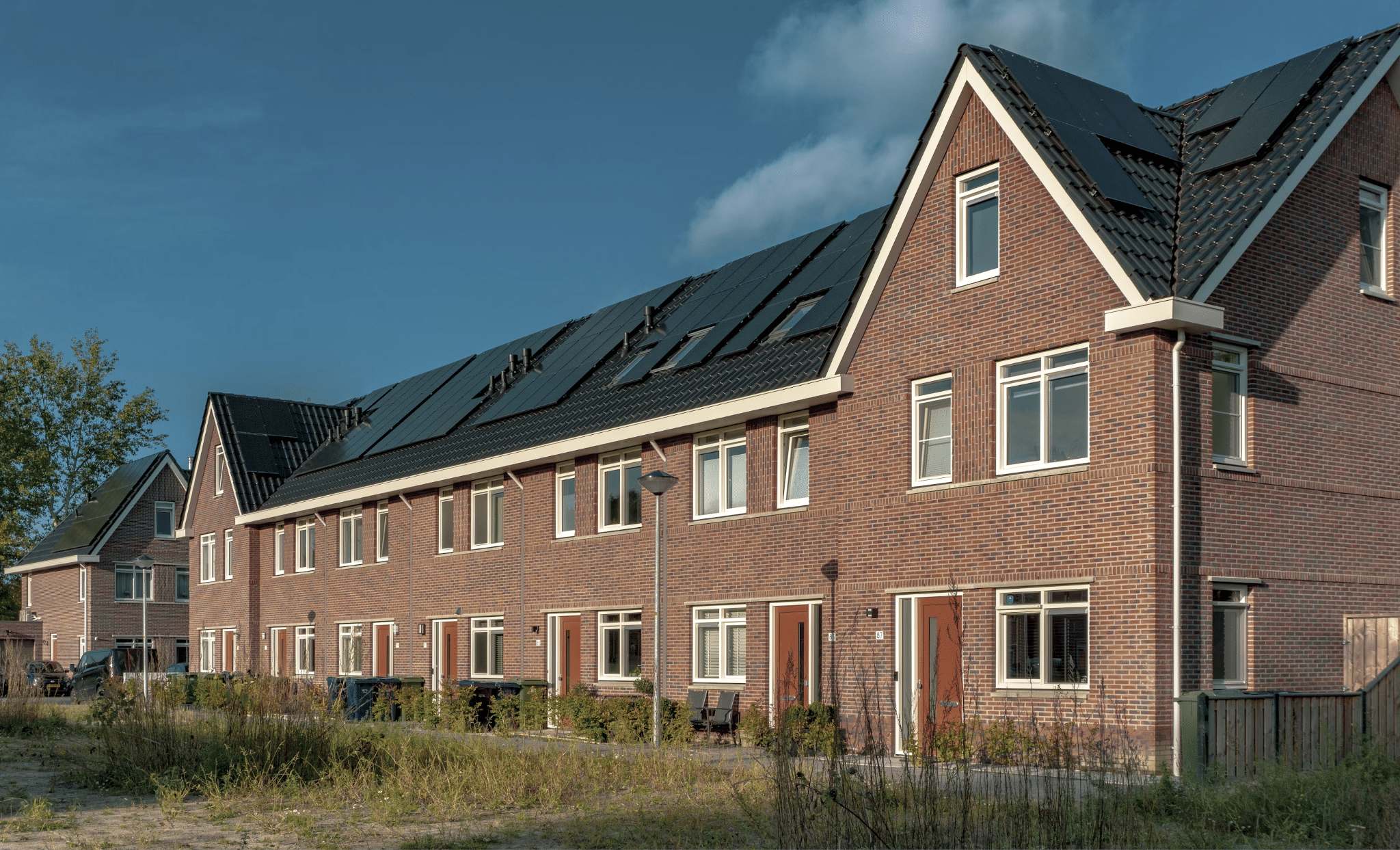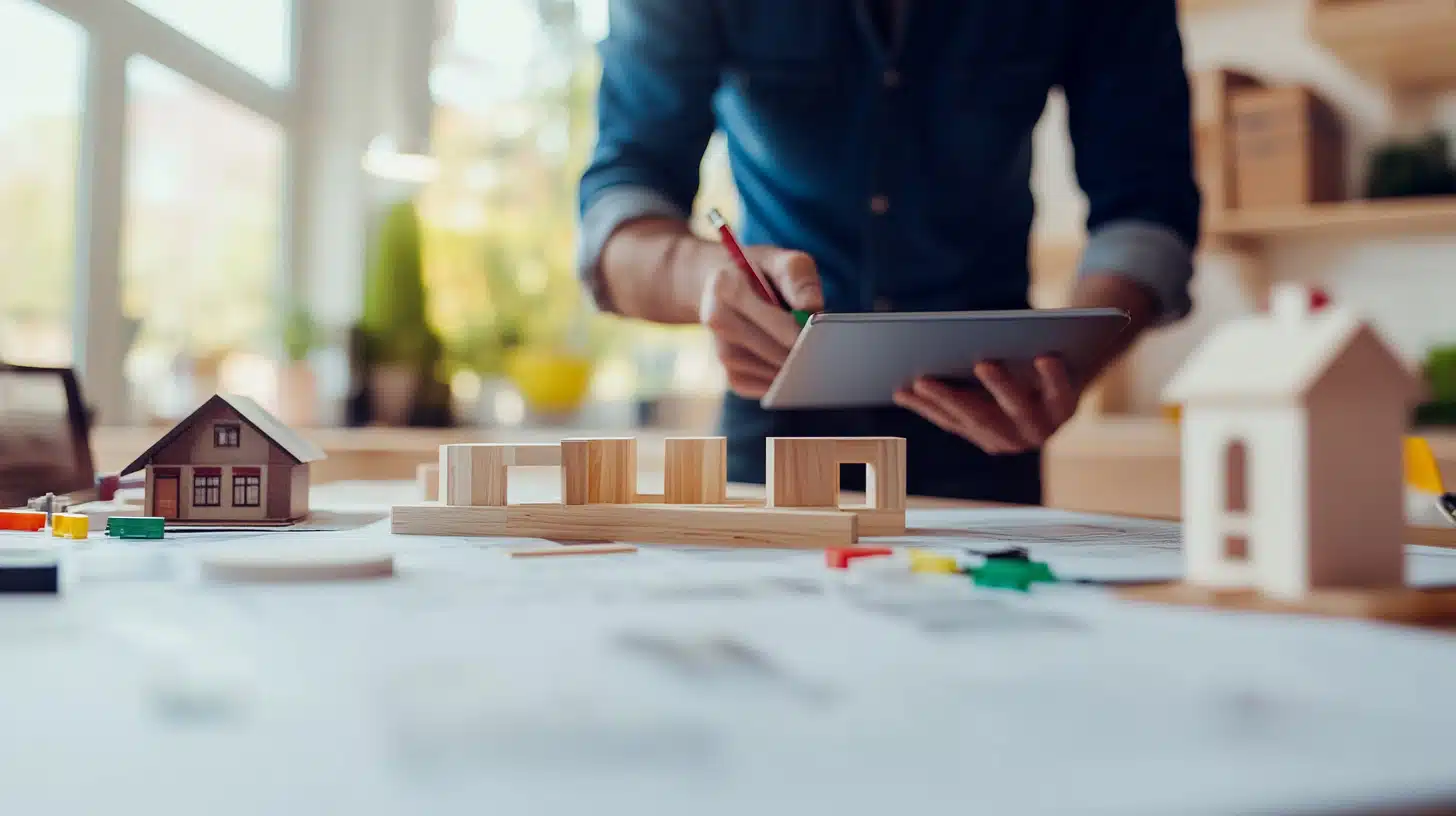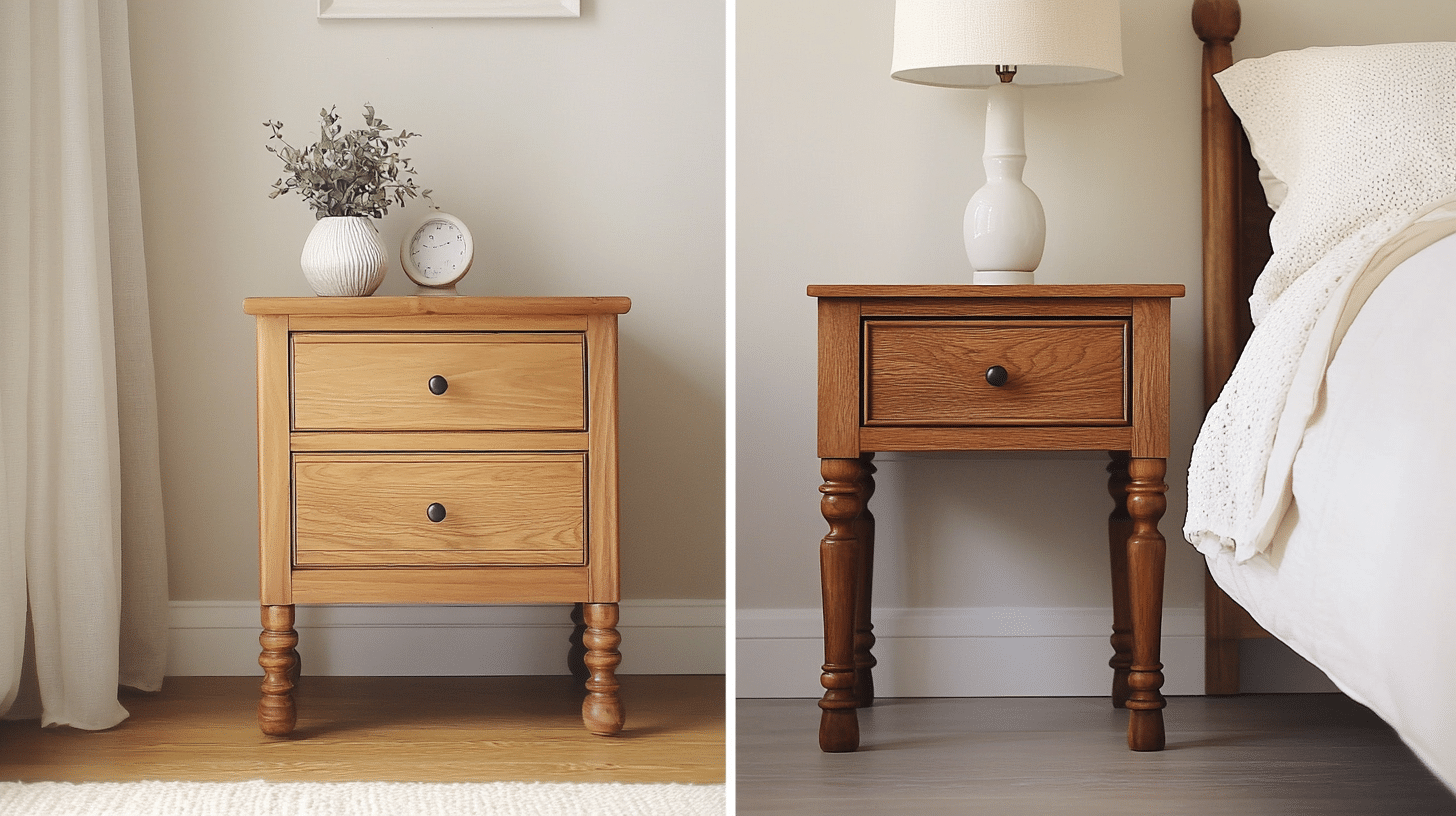Enhancing Your Home Comfort With Smart Technology and Design Trends
A comfortable home is essential for relaxation, productivity, and overall well-being. Factors such as temperature, lighting, and ambiance enhance a living space’s enjoyment. Modern smart devices and innovative design concepts allow homeowners to create more convenient and comfortable living environments.
Integrating smart technology with thoughtful design can transform a house into a functional and inviting space. Smart thermostats, automated lighting, and energy-efficient HVAC systems are just a few innovations that provide greater control over the home environment while improving energy efficiency. At the same time, modern design trends emphasize sustainability and functionality, ensuring that a home remains stylish and practical.
This article will delve into cutting-edge smart home innovations and design trends that will elevate your living space.
The Role of Smart Technology in Enhancing Home Comfort
Integrated smart systems make homes more intuitive and comfortable than ever. Advanced HVAC systems, automated lighting, and smart thermostats make it easier to manage the indoor environment with minimal effort. For instance, a smart thermostat learns a household’s daily routine and adjusts temperatures accordingly, reducing energy waste while ensuring a comfortable climate.
Smart lighting systems allow users to customize brightness levels and color temperatures, creating an atmosphere that suits any mood or time of day. Some systems can adjust automatically based on natural daylight levels, reducing eye strain and enhancing relaxation.
Modern HVAC systems also play a crucial role in home comfort. With smart zoning capabilities, homeowners can control temperatures in different rooms, optimizing energy use and personalizing comfort for each occupant. Smart thermostats and doorbells are technologies that can improve home comfort and offer immediate and long-term benefits, including lower utility bills and increased convenience.
Beyond climate control, smart home systems can integrate with other technologies, such as humidity sensors and air purifiers. These additions can help maintain indoor air quality, reducing allergens and pollutants that may impact health. Advanced filtration systems in HVAC units remove dust and bacteria, while innovative dehumidifiers adjust moisture levels automatically, preventing mold growth and maintaining a comfortable atmosphere.
Design Trends That Complement Smart Technology
While technology enhances functionality, design elements contribute to the overall ambiance of a home. Current trends emphasize sustainability, multi-purpose spaces, and biophilic design, bringing nature indoors to promote relaxation.
Thoughtful material choices like reclaimed wood and energy-efficient windows support environmental responsibility while elevating a home’s visual appeal. Open-concept layouts maximize space and flexibility, making it easier to integrate smart technology seamlessly.
Incorporating smart devices into home decor ensures a blend of convenience and beauty. Hidden charging stations, voice-controlled blinds, and built-in smart speakers are all examples that maintain a sleek appearance while enhancing usability. When smart solutions align with interior trends, they transform homes into hubs of style and convenience.
Flexible furniture options are also becoming more popular. Convertible sofas, modular shelving, and adaptable workspaces cater to a dynamic lifestyle, allowing homeowners to maximize space without sacrificing comfort. Smart furniture, such as beds with built-in climate control or ergonomic seating with posture correction features, enhances the home environment by offering additional convenience and well-being.
Practical Tips for Incorporating Smart Technology Into Your Home
Integrating smart devices into a home doesn’t require a complete renovation. A few strategic shifts can make a noticeable impact on comfort and efficiency. Consider the following steps:
- Start With a Smart Thermostat: This is one of the most effective ways to enhance home comfort while saving on energy costs. Systems like Google Nest and Ecobee monitor usage patterns and fine-tune temperatures accordingly.
- Upgrade to Smart Lighting: Switch traditional bulbs with smart LED options. Brands like Philips Hue and LIFX allow users to control brightness and color settings through a mobile app or voice assistant.
- Install Smart Blinds or Shades: Smart shades enhance comfort and energy savings by automatically adapting to environmental changes, such as time of day and sun exposure.
- Enhance Security with Smart Locks and Cameras: A secure home contributes to peace of mind, and smart security systems provide real-time monitoring and remote access.
- Use Smart Plugs and Power Strips: These inexpensive devices turn traditional appliances into smart ones, allowing for remote control and energy monitoring.
- Incorporate Voice Assistants: Integrating digital assistants with connected devices, such as Amazon Alexa or Google Assistant, allows homeowners to manage routines with ease.
- Invest in a Smart Home Hub: A centralized hub, such as Samsung SmartThings or Apple HomePod, allows homeowners to connect multiple devices for seamless automation. This ensures that all smart technology works together efficiently.
- Consider Smart Water Management: Leak detectors and automated irrigation systems prevent water damage and optimize lawn care, ensuring efficiency and reducing waste.
By gradually adding these features, homeowners can transition to a more automated and efficient living space without feeling overwhelmed.
Conclusion
Creating a comfortable home involves choosing the right furniture or color scheme. Combining smart technology with modern design trends results in a living space that is efficient, stylish, and tailored to individual needs. Smart thermostats, lighting systems, and advanced HVAC solutions make it easier to manage the home environment, while sustainable design choices contribute to a welcoming and functional atmosphere.
As home technology advances, new innovations are making everyday living more convenient and personalized. AI-powered assistants, energy-efficient appliances, and automated systems continue to expand the possibilities for enhancing home comfort. Staying informed about emerging trends and incorporating them into daily life allows homeowners to create a functional, comfortable space that supports their well-being.

